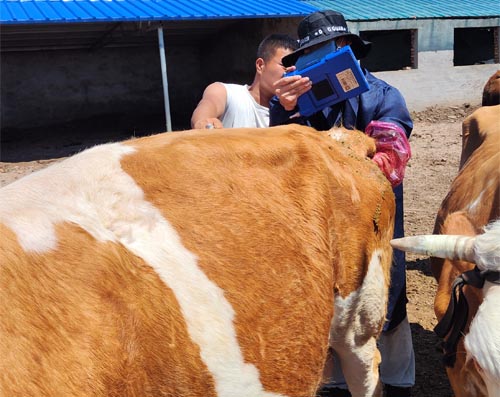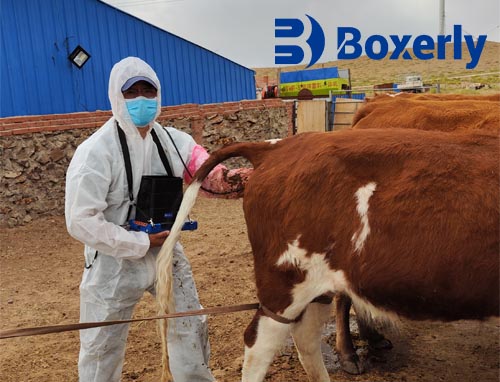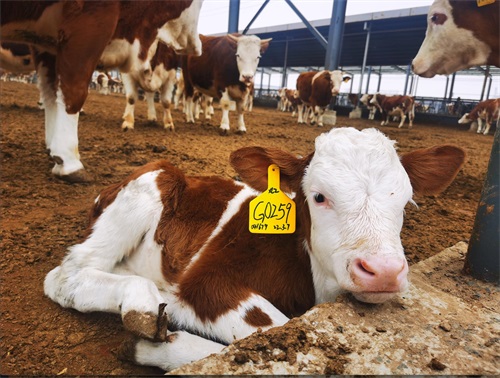Weaned calves undergo significant changes in physiology and feeding environment compared to non weaned calves. The quality of feeding during this stage has an important impact on promoting the development and sexual maturity of the reproductive organs of the breeding cattle. Therefore, it is necessary to use bovine ultrasound to regularly examine the reproductive system of cows and use bovine ultrasound to examine the external genitalia of bulls during this stage. At this stage, careful management is necessary to quickly adapt to the feeding method mainly based on concentrated feed.
In order to smoothly pass the weaning period, the diet structure and nutritional level of calves should remain relatively stable. After weaning, they should continue to be fed with calf feed for 2 weeks and gradually switch to mixed concentrate feed. After 3 months of age, the feed intake of calves gradually increases, and it is necessary to control the feeding amount of concentrated feed. Each calf should not exceed 2kg per day, because the rumen is not fully developed at this time. On B-ultrasound, it can be seen that the rumen is not very complete and has a small volume, making it impossible to feed a large amount of coarse feed. Therefore, during the feeding process, high-quality green coarse feed, high nutritional value, and good palatability feed should be used to meet their nutritional needs. In addition, calves have a lower immune system at this stage and need to prevent various calf diseases, strengthen prevention, and improve their immune system to overcome this stage, in order to better promote their development towards a dairy body type.









